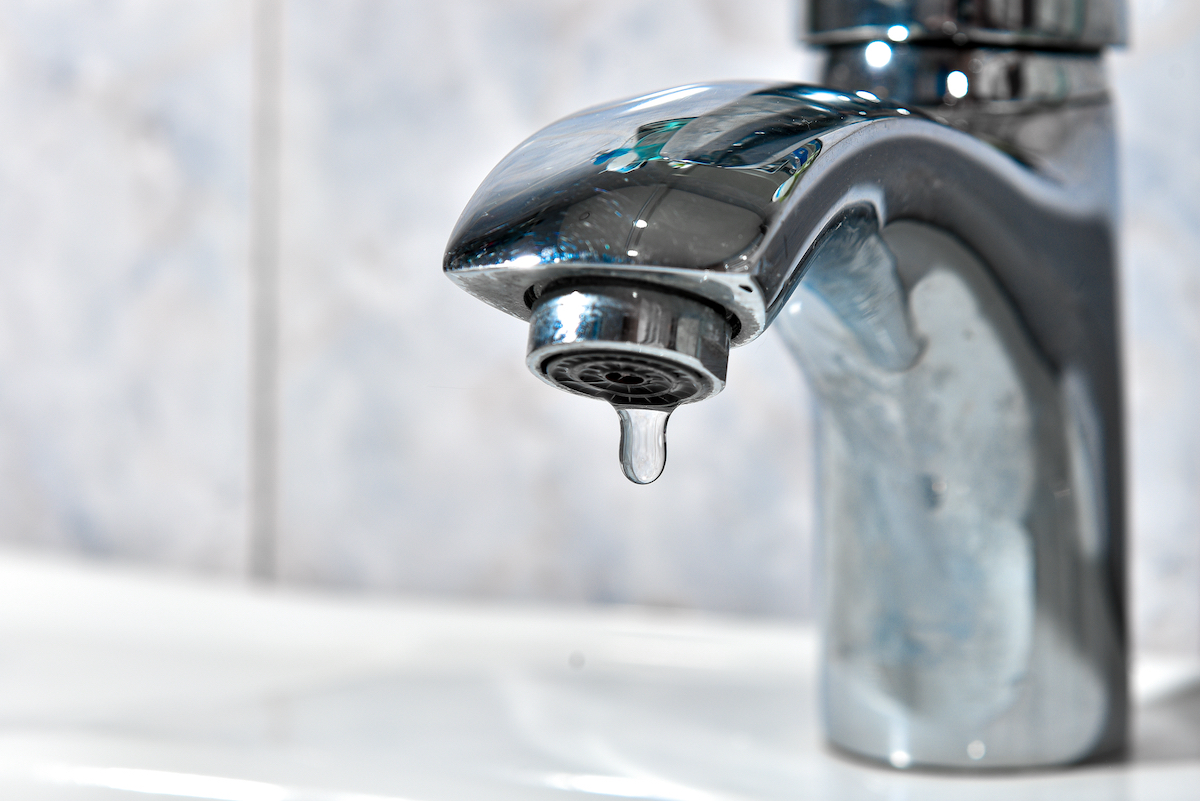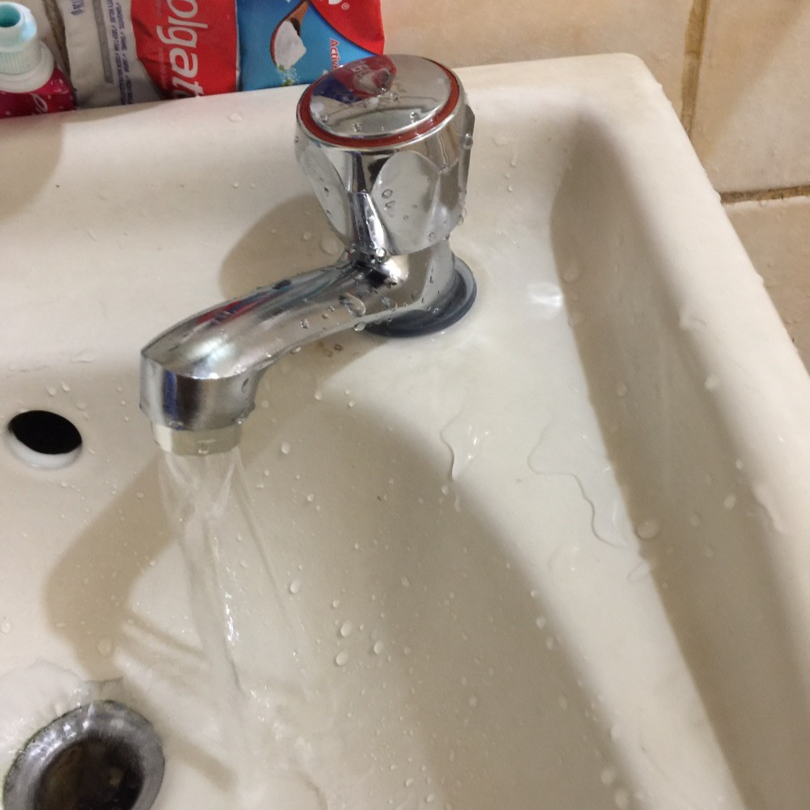An Relevance of Correcting a Dripping Faucet
An Relevance of Correcting a Dripping Faucet
Blog Article
How do you feel when it comes to Why Are My Faucets Dripping (And Can I Fix It Myself)??

Trickling taps might feel like a small hassle, however their influence exceeds simply the annoyance of the noise. From drainage to sustaining unnecessary monetary expenses and wellness dangers, overlooking a dripping faucet can cause numerous effects. In this short article, we'll explore why it's crucial to address this typical home problem immediately and successfully.
Wastefulness of Water
Environmental Influence
Trickling faucets contribute considerably to water wastage. According to the Environmental Protection Agency (EPA), a solitary tap leaking at one drip per second can waste more than 3,000 gallons of water per year. This not just stress water resources but also influences environments and wildlife dependent on them.
Step-by-Step Guide to Repairing a Dripping Faucet
Tools Called for
Prior to attempting to deal with a dripping faucet, collect the required devices, including a flexible wrench, screwdrivers, substitute components (such as washing machines or cartridges), and plumber's tape.
Typical Tap Issues and Their Solutions
Identify the sort of faucet and the details concern creating the drip. Typical problems include damaged washers, rusty valve seats, or faulty O-rings. Refer to manufacturer directions or online tutorials for detailed guidance on fixings.
Financial Costs
Boosted Water Bills
Beyond the environmental effect, dripping faucets can pump up water costs substantially. The gathered wastage in time equates right into greater utility expenses, which can have been avoided with timely repair work.
Prospective Residential Or Commercial Property Damage
Moreover, prolonged dripping can result in damage to fixtures and surfaces surrounding the faucet. Water buildup can create discoloration, deterioration, and also structural issues if left unattended, causing added repair service expenses.
Health Issues
Mold and Mold Growth
The constant visibility of wetness from a dripping tap creates an ideal setting for mold and mold growth. These fungi not just jeopardize interior air high quality yet likewise posture health and wellness threats, especially for individuals with breathing problems or allergies.
Waterborne Illness
Stationary water in leaking taps can become a breeding ground for germs and various other virus, raising the threat of waterborne illness. Pollutants such as Legionella bacteria thrive in stationary water, potentially resulting in significant illnesses when ingested or inhaled.
Do it yourself vs. Professional Repair service
Pros and Cons of DIY Repair
While some may try to take care of a trickling tap themselves, do it yourself fixings feature their own collection of difficulties. Without correct expertise and tools, do it yourself efforts can intensify the issue or bring about incomplete repair work, extending the problem.
Advantages of Employing a Professional Plumber
Employing a specialist plumber guarantees that the underlying root cause of the trickling faucet is dealt with successfully. Plumbings possess the know-how and tools to detect and repair faucet issues efficiently, saving time and minimizing the risk of further damages.
Ecological Duty
Specific Payment to Conservation
Taking responsibility for fixing trickling taps lines up with more comprehensive initiatives toward water conservation and ecological sustainability. Every person's actions jointly make a considerable impact on maintaining valuable resources.
Lasting Living Practices
By prioritizing punctual repair work and taking on water-saving routines, individuals add to sustainable living techniques that benefit both existing and future generations.
Preventive Measures
Routine Upkeep Tips
To prevent trickling faucets, carry out regular maintenance such as cleaning up aerators, evaluating for leaks, and changing damaged parts immediately. In addition, consider setting up water-saving gadgets or updating to extra efficient components.
Value of Prompt Repairs
Attending to leaking taps as quickly as they're observed avoids additional water wastage and potential damage, eventually conserving both water and money in the future.
Effect On Property Worth
Assumption of Well-Maintained Residential Or Commercial Property
Preserving a property in good condition, consisting of resolving maintenance concerns like trickling faucets, improves its regarded value and desirability amongst prospective purchasers or occupants.
Impact on Resale Value
Residences with well-maintained plumbing components, consisting of faucets, command greater resale values in the property market. Attending to dripping taps can contribute to a favorable impact during residential or commercial property examinations and negotiations.
Final thought
Addressing a leaking faucet exceeds plain convenience; it's a necessary action towards conserving water, decreasing monetary prices, and guarding health and home. Whether with do it yourself repair services or specialist aid, acting to repair leaking taps is a little yet impactful method to promote responsible stewardship of resources and contribute to a healthier, more lasting future.
How to Fix a Leaky Faucet: Step-by-Step Repair Guide
A leaky faucet may seem like a simple annoyance, but if it's not fixed promptly, that leak could cost hundreds to potentially thousands. From water damage to mold, mildew, and high water bills, even a tiny leak can be catastrophic if left unattended. Damage like this can even affect the overall value of your home, so it's important to take the right approach for leaky faucet repair. You may need the help of a plumber in some cases, but we've got a few tips you can try on how to fix a leaky faucet before calling the pros.
Four Faucet Types
When you're learning how to fix a leaky faucet, the first step is knowing what kind of faucet you're working with! There are four common types.
Cartridge Faucets
Cartridge faucets come in one- or two-handled varieties. In one-handled cartridge faucets, hot and cold water combines in a single cartridge. In the two-handled versions, hot and cold water are controlled separately and mixed in the faucet.
Ball Faucets
Ball faucets have a single lever you push up and down to adjust the pressure and rotate to change the temperature. A slotted metal ball controls the amount of water allowed into the spout.
Compression Washer Faucets
They're the oldest type of faucet, but they're still used in many homes — especially older ones. Compression faucets have two separate handles that, when turned, raise or lower the washer that seals a water valve. This valve stops water from flowing through the faucet when it is turned off.
Disc Faucets
Disc faucets rarely need to be repaired due to their maintenance-free design. The water flow is controlled by two discs — the upper one raises and lowers against a fixed lower disc, creating a watertight seal. If your disc faucet starts leaking, you may need to replace the seals or clean residue buildup from the inlets.
Fixing a Leaky Faucet
Step 1: Turn Off the Water
Whether you're learning how to fix a leaky bathtub faucet or how to fix a leaky kitchen faucet, always turn off the water supply to your working area when you're fixing a leak. The last thing you want is a flood added to your list of things to fix.
Look for the shutoff valves below your sink or around the tub and turn them clockwise to stop the water flow. If your faucet doesn't have shutoff valves, you may need to turn off the water for the whole house. Check to make sure it's off by turning the faucet on. If nothing comes out, you're ready to start the repair.
Step 2: Take Apart the Faucet
How you disassemble your faucet depends on the type of fixture you have. You can use a flathead screwdriver to remove the caps on top of the handle or handles for cartridge and compression faucets. Inside, you should see handle screws. Unscrew these with a screwdriver to remove the handle.
Disc- and ball-style faucets will typically have an inlet screw near the handle, and removing that will reveal the interior of the faucet.
Detach the Valve Stem
For cartridge- and compression-style faucets, you'll see the inner valve stem or cartridge once you remove the faucet handles. If you have a compression faucet, unscrew the brass valve stem. If you have a cartridge faucet, pull out the cartridge. If your cartridge has been in place for a while, it may require some tools or extra force to remove it due to mineral deposits.
Examine and Replace Parts
Once you've removed the parts, check them out to confirm what needs to be replaced. You may see corroded rubber washers, O-rings, stems, or cartridges. On a ball-style faucet, check the seats and springs for damage.
If you need to repair a leaky disc faucet, check the inlet and seals on the lower disc.
Once you determine what parts must be replaced, visit your local hardware store. Bring the damaged parts with you to ensure you can purchase the correct components to replace them.
Clean Valves and Faucet Cavity
If you've removed a stem or cartridge, you may notice mineral buildup in the faucet's threads. Use white vinegar to clean the valve seat by soaking it for a few minutes, then scrub it away with a soft toothbrush and rinse with warm water. You can also clean the interior of the faucet in the same way.
Reassemble the Faucet
Once your faucet is cleaned and the required parts have been replaced, it's time to reassemble it. Put the pieces back together and slowly turn the water supply back on. Doing this slowly is crucial because too much initial water pressure can damage the new hardware you've just installed.
https://homewarranty.firstam.com/blog/how-to-fix-leaky-faucet

I was shown that write-up about Leaky Faucets: Why They Happen & What to Do About Them from a buddy on our other site. Do you know about another person who is in the market for the subject? Feel free to promote it. Thank-you for your time spent reading it.
Report this page